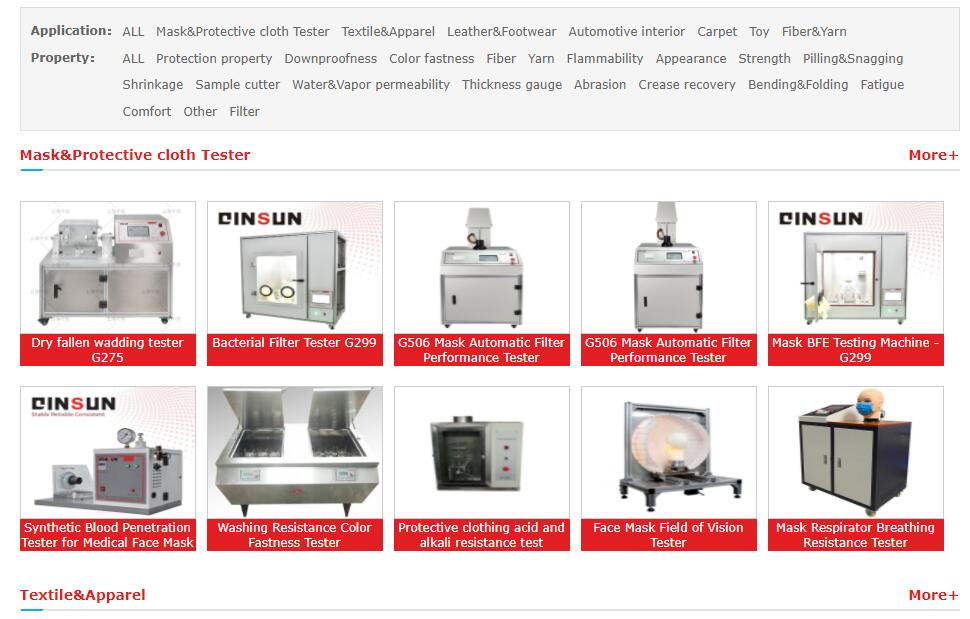- Qinsun Instruments Co., Ltd.
- Tell:+86-21-6780 0179
- Phone:+86-17740808215
- Address:No. 2578 Minhang District Gu Dai Road, Shanghai
- Contact:Mr. Li
- QQ:846490659
What data is Cone Calorimeter mainly used to test?

Cone Calorimeter can obtain multiple performance parameters of combustion samples, such as heat release rate, mass loss rate, smoke generation rate, effective combustion heat, ignition time, and toxicity and corrosiveness of combustion gases. The determination of these performance parameters is obtained under stable, real, and easy-to-control conditions, and can be repeated at different times and locations. Therefore, they can be used as reference data in the literature to provide literature data for further research on the combustion process of materials.
1. Heat Release Rate (HRR)
HRR refers to the heat release rate per unit area after the material is ignited under the preset incident heat flux intensity.
HRR is the most important performance parameter to characterize fire intensity, the unit is kW/m2; the maximum value of HRR is the peak heat release rate (Peak of HHR, referred to as pkHRR), and the size of pkHRR characterizes the maximum heat release degree of the material when it burns. The greater the HRR and pkHHR, the greater the heat release of the material, and the greater the resulting fire hazard.

2. Total Heat Release (THR)
THR is the sum of the heat released by a material from ignition to flame extinction under a preset incident heat flux. The unit is MJ/m².
Combining HRR and THR can better evaluate the flammability and flame retardancy of materials, and has a more objective and comprehensive guiding role for fire research.
3. Mass Loss Rate (MLR)
MLR refers to the rate of change of the mass of the combustion sample with time during the combustion process, which reflects the thermal cracking, volatilization and combustion degree of the material under a certain fire intensity.
The MLR value is calculated by a 5-point numerical differential equation. The unit of MLR is g/s.
In addition to the mass loss rate, the mass loss curve can also be obtained from CONE, so that the mass of the residue at different times can be obtained, which is convenient for intuitive analysis of the pyrolysis behavior of the combustion sample.
4. Smoke Produce Rate (SPR for short)
SPR is defined as the ratio of the specific extinction area to the mass loss rate, in m2/S, that is, where SEA is the specific extinction area (Specific Extinction Area), and SEA represents the smoke produced by volatilizing a unit mass of material, which is not directly Indicates the amount of smoke produced, which is only a conversion factor for calculating the amount of smoke produced, and the unit is m²/kg.
Similarly, the total smoke rate (Total Smoke Rate) can be obtained by integration, TSR=∫SPR, TSR represents the total amount of accumulated smoke when the unit sample area is burned, and the unit is m²/m².
Five, Effective Heat Combustion (Effective Heat Combustion, referred to as EHC)
EHC represents the ratio of the measured heat release rate to the mass loss rate at a certain time t, which reflects the combustion degree of the volatile gas in the gas phase flame, which is very helpful for analyzing the flame retardant mechanism. The unit of EHC is MJkg-1.
6. Time to Ignition (TTI)
TTI is an important parameter (unit: s) to evaluate the refractory performance of materials, which refers to the time taken from the heating of the surface of the material to the continuous burning of the surface under the preset incident heat flow intensity. TTI can be used to evaluate and compare the fire performance of materials.
7. Toxicity determination
When the material burns, it releases a variety of gases, including CO, HCN, SO2, HCl, H2S and other toxic gases. The toxic gases have a great harmful effect on the human body. Equipment collection and analysis.
QINSUN is a professional Cone Calorimeter exporter. Our products sell well all over the world and have won unanimous praise from customers. If you have friends who buy, please leave us a message!





